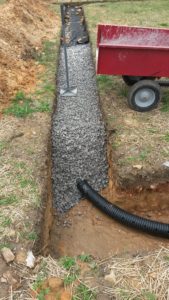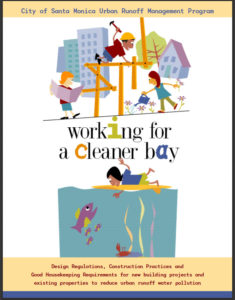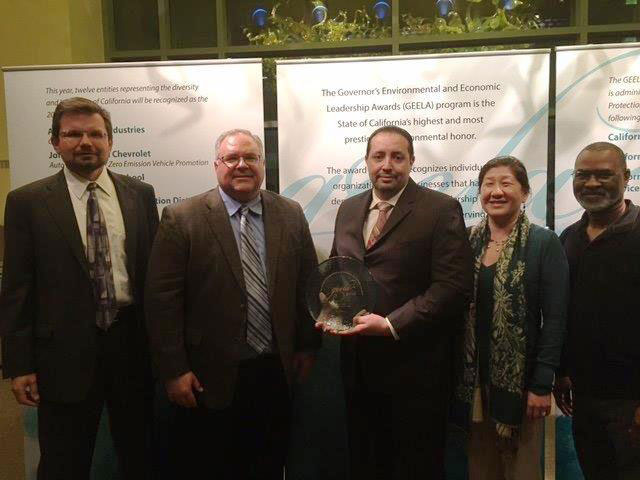
Photo Left-Right: Mike Bakaldin (Interim General Manager), Phil Govea (Engineering Services Director), Joaquin Gonzalez (Operations Manager), Amanda Roa (Environmental Programs Manager), and Robert Brothers (Environmental Compliance Specialist II)
Delta Diablo, a Water Resource Recovery Leader in eastern Contra Costa County was honored in Sacramento last night with a prestigious 2016 Governor’s Environmental and Economic Leadership Award (GEELA).
GEELA is California’s highest environmental honor, administered by the California Environmental Protection Agency (CalEPA). The program recognizes individuals, organizations, and businesses who have demonstrated exceptional leadership and made notable, voluntary contributions in conserving California’s precious resources, protecting and enhancing our environment, building public-private partnerships and strengthening the state’s economy.

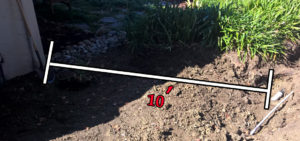
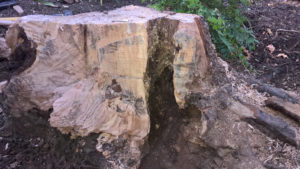
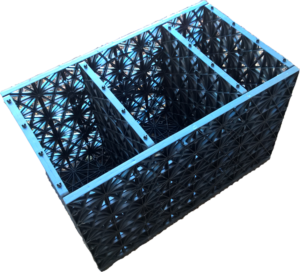
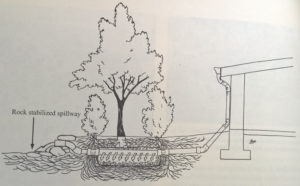
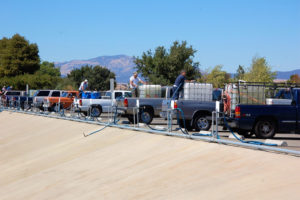
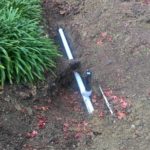 In our article titled “
In our article titled “